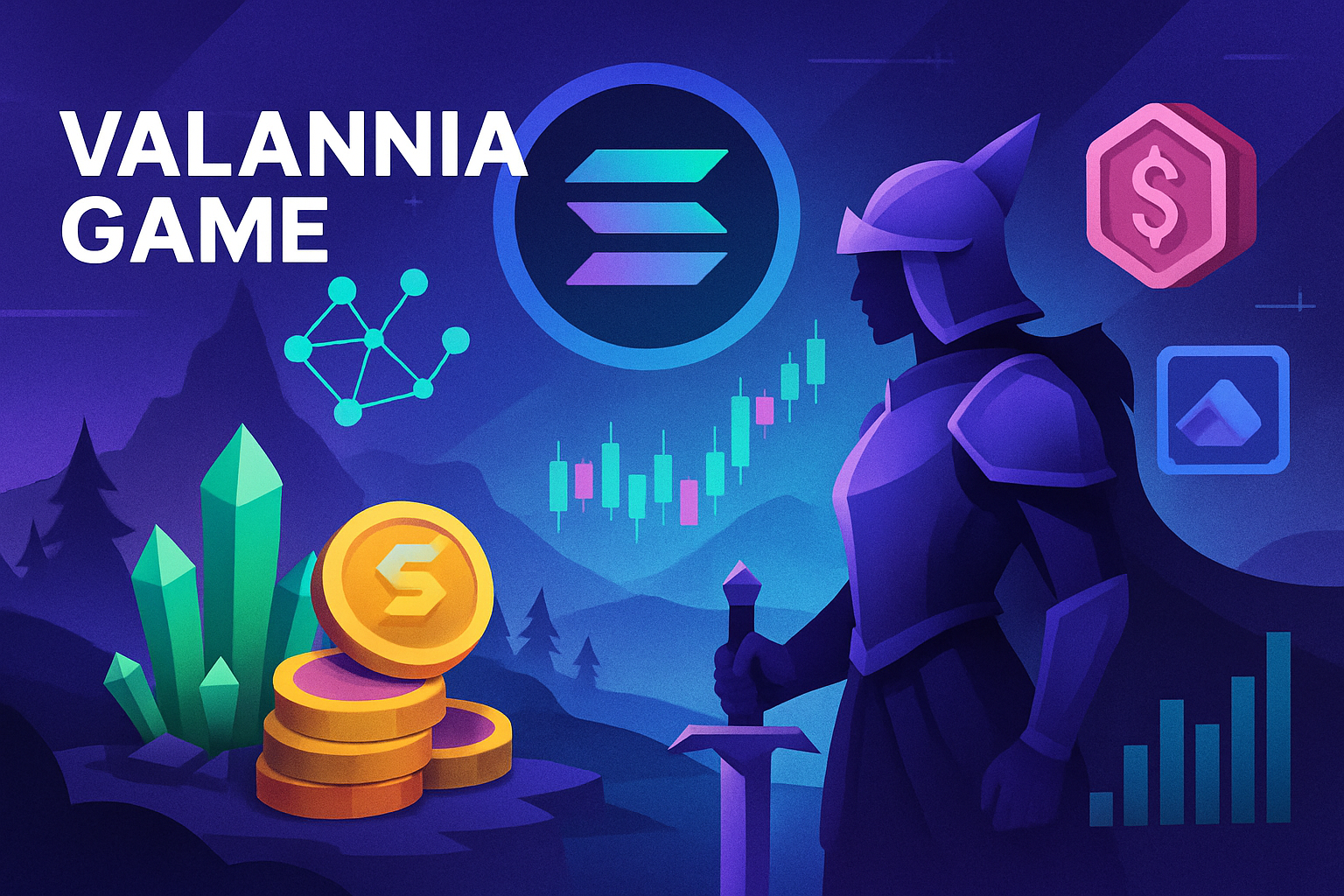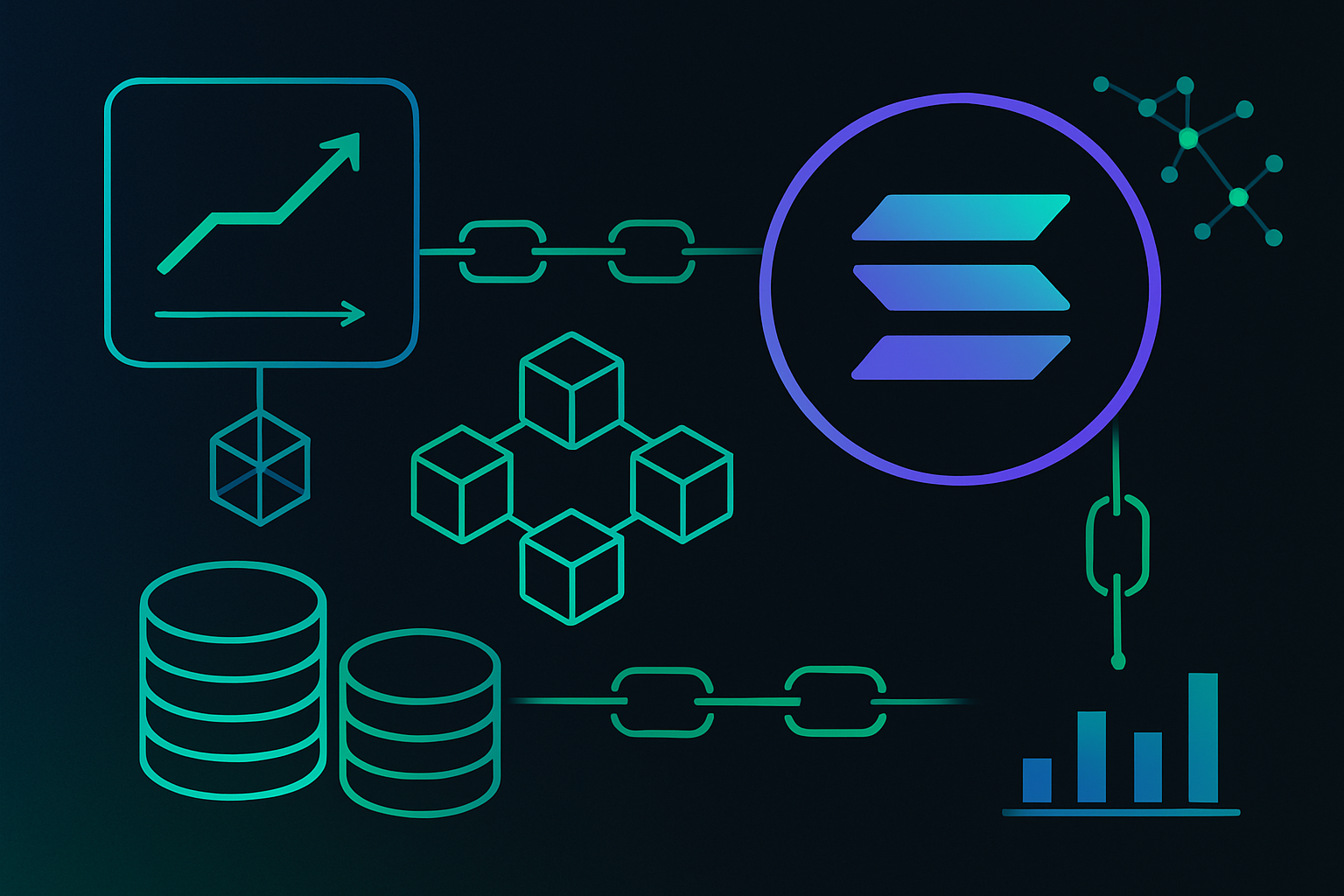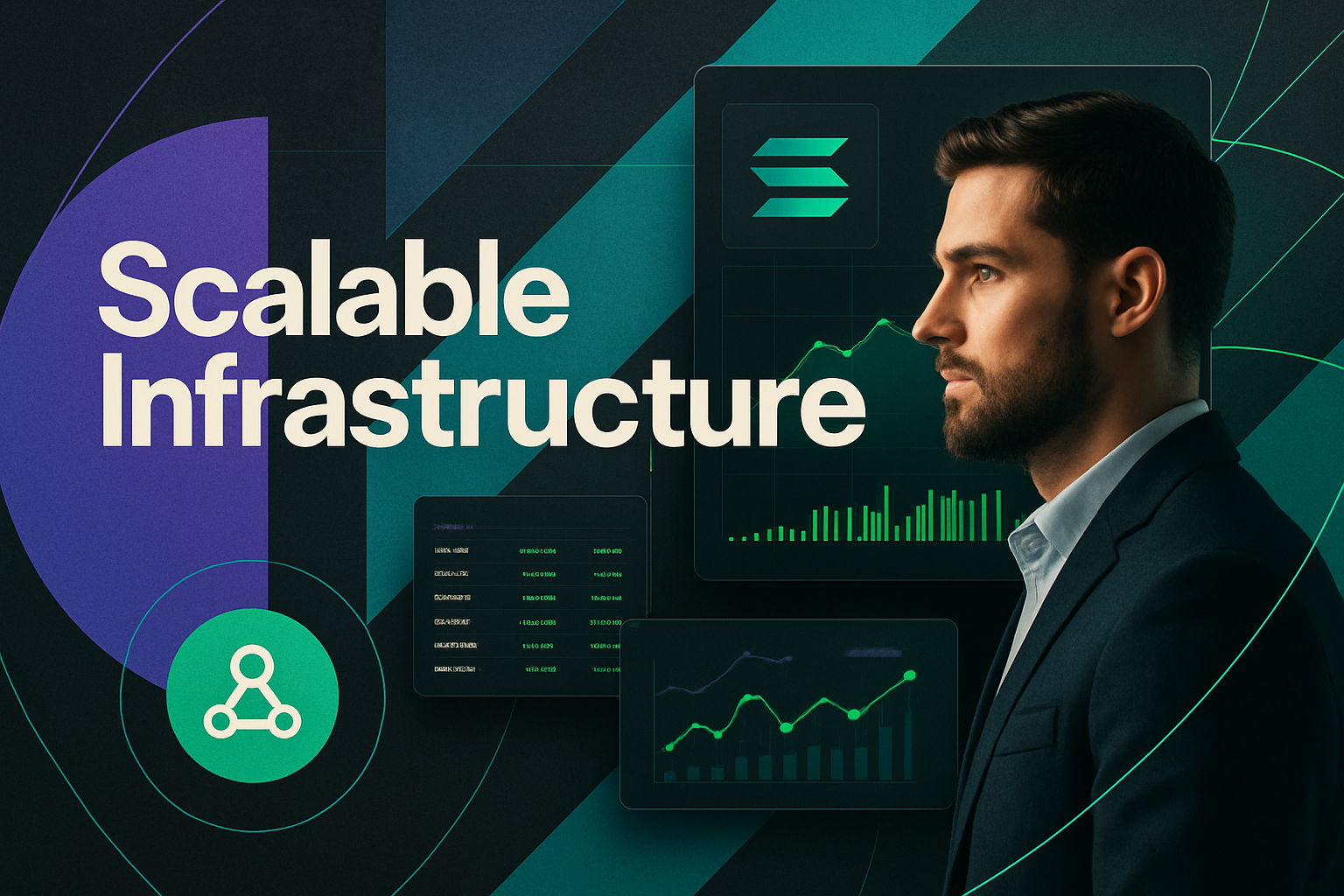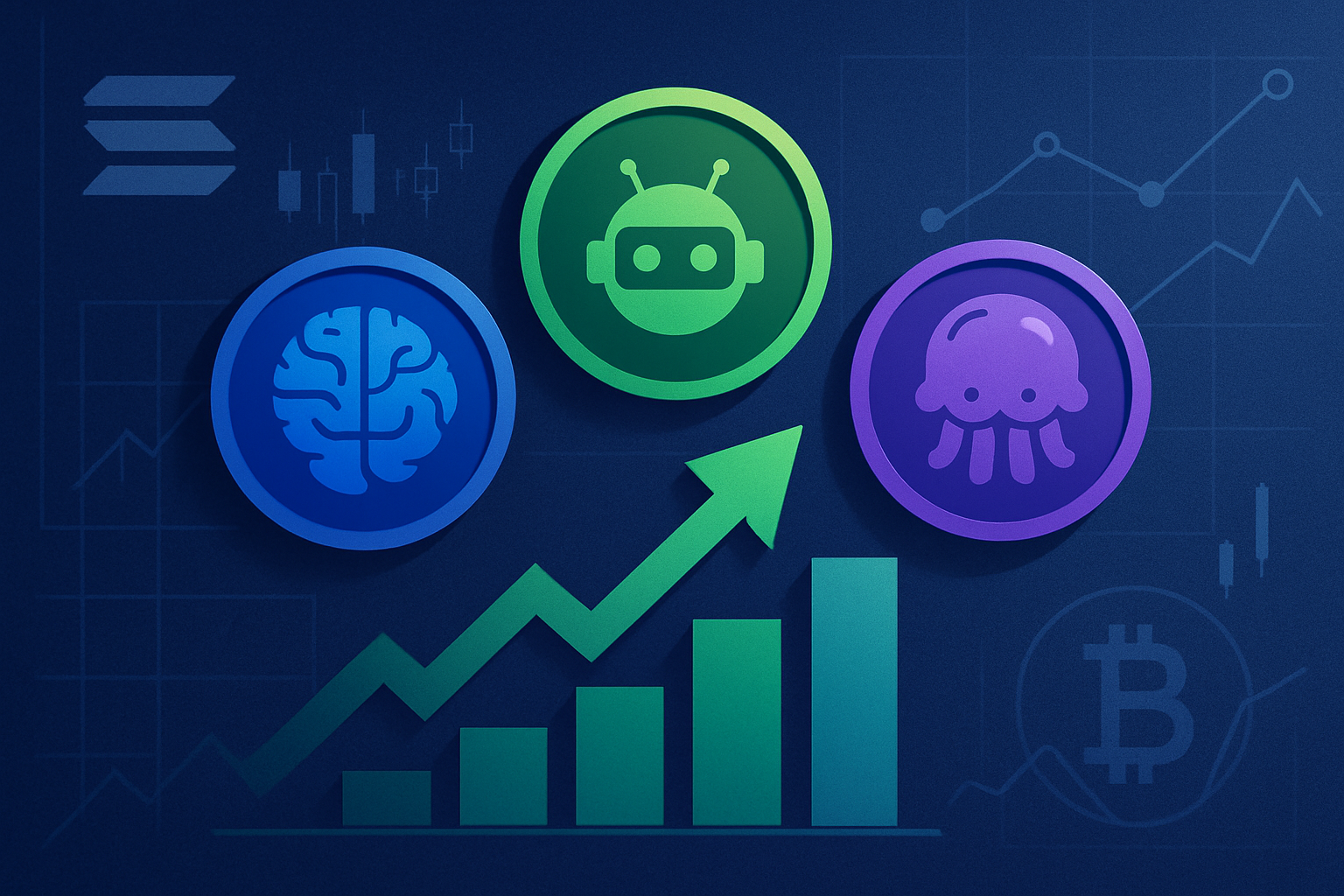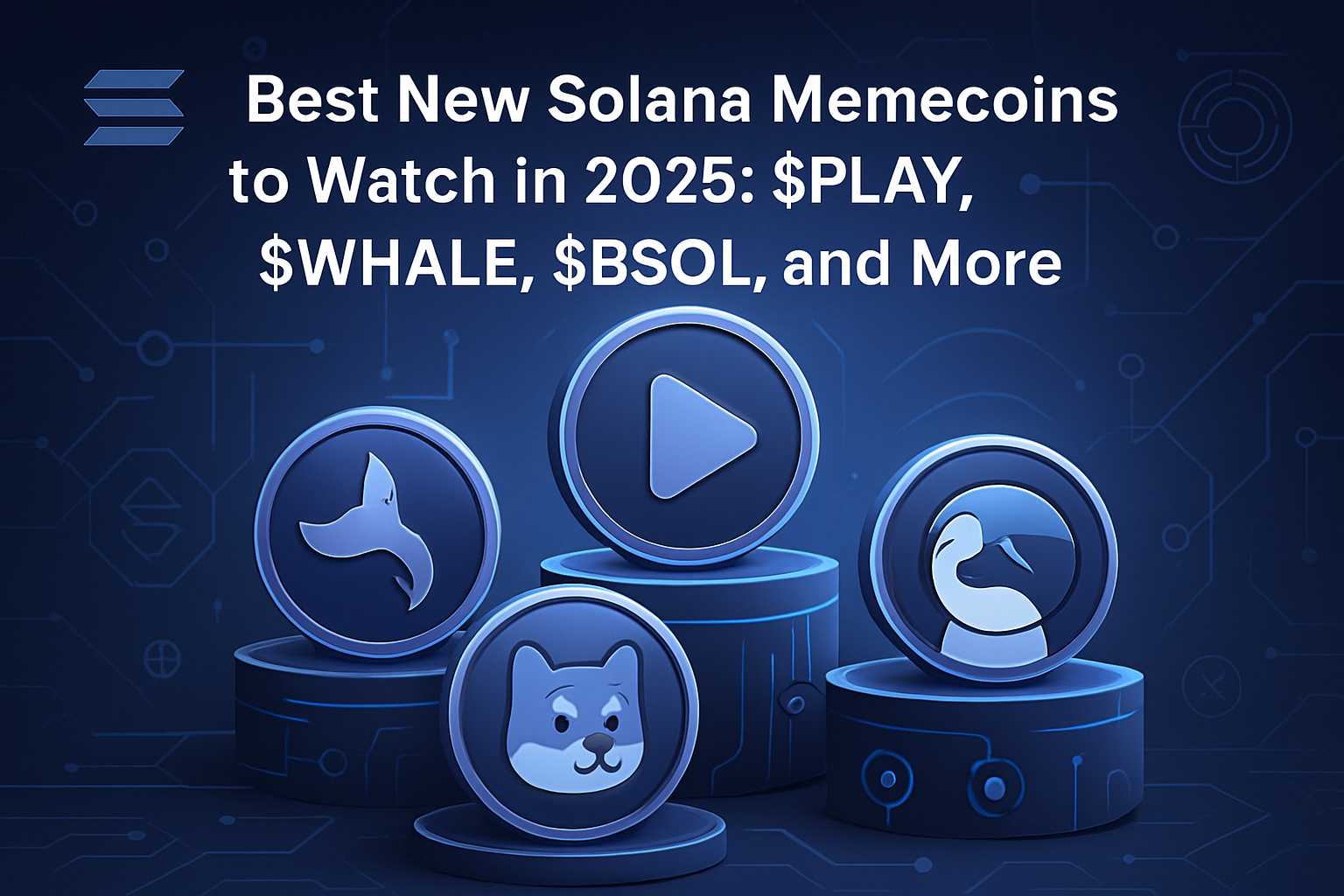How to Earn 37% Yield Lending to the Brazilian Government on Solana: A Visual Guide

Brazil’s crypto scene is on fire, with Solana emerging as a major player in both DeFi and traditional finance integration. But can you really earn a jaw-dropping 37% yield lending to the Brazilian government on Solana? Let’s dig into the facts, risks, and realities behind these claims, and what’s actually possible for yield hunters in 2025.

The Allure of High Yields: Separating Fact from Fiction
It’s easy to see why headlines about 37% APYs turn heads. In reality, as of September 24,2025, the official yield on Brazil’s 10-year government bonds stands at 14.06%. This is already high by global standards, but nowhere near the 37% figure some DeFi marketing materials tout. Such astronomical yields are usually reserved for much riskier assets, think distressed debt or speculative DeFi pools, not stable sovereign debt.
“If it sounds too good to be true in DeFi, triple-check the source. ”
So where does this 37% number come from? Sometimes it’s a confusion between government bond yields and high-risk DeFi protocols built on Solana that offer uncollateralized lending or incentivized pools. It could also reference very short-term rates during periods of extreme market volatility, but not sustainable government-backed returns.
How Lending Works in Brazil, And Where Solana Fits In
Lending to the Brazilian government traditionally means buying securities like NTN-B (inflation-linked) or LTN (fixed-rate) bonds via platforms such as Tesouro Direto. This process requires:
- Opening an account with a Brazilian brokerage
- Funding it with BRL (Brazilian Reais)
- Selecting your preferred bond type and maturity
This is all regulated by local authorities and covered under strict lending and secured finance laws (source). There is currently no direct way to lend to the Brazilian government through Solana-based protocols or tokenized bonds. However, Solana has made significant progress in tokenizing real-world assets (RWAs), including private credit deals and foreign sovereign debt, but not yet Brazilian Treasuries.
The Rise of Solana DeFi Yield Platforms in Brazil
Brazilians are increasingly turning to crypto-native solutions for yield, especially as local inflation remains stubbornly high. The approval of the world’s first spot Solana ETF by Brazil’s CVM demonstrates growing institutional trust (source). But this ETF tracks SOL price performance, not government debt yields.
Top 5 Solana Loan Platforms for Brazilians in 2025
-
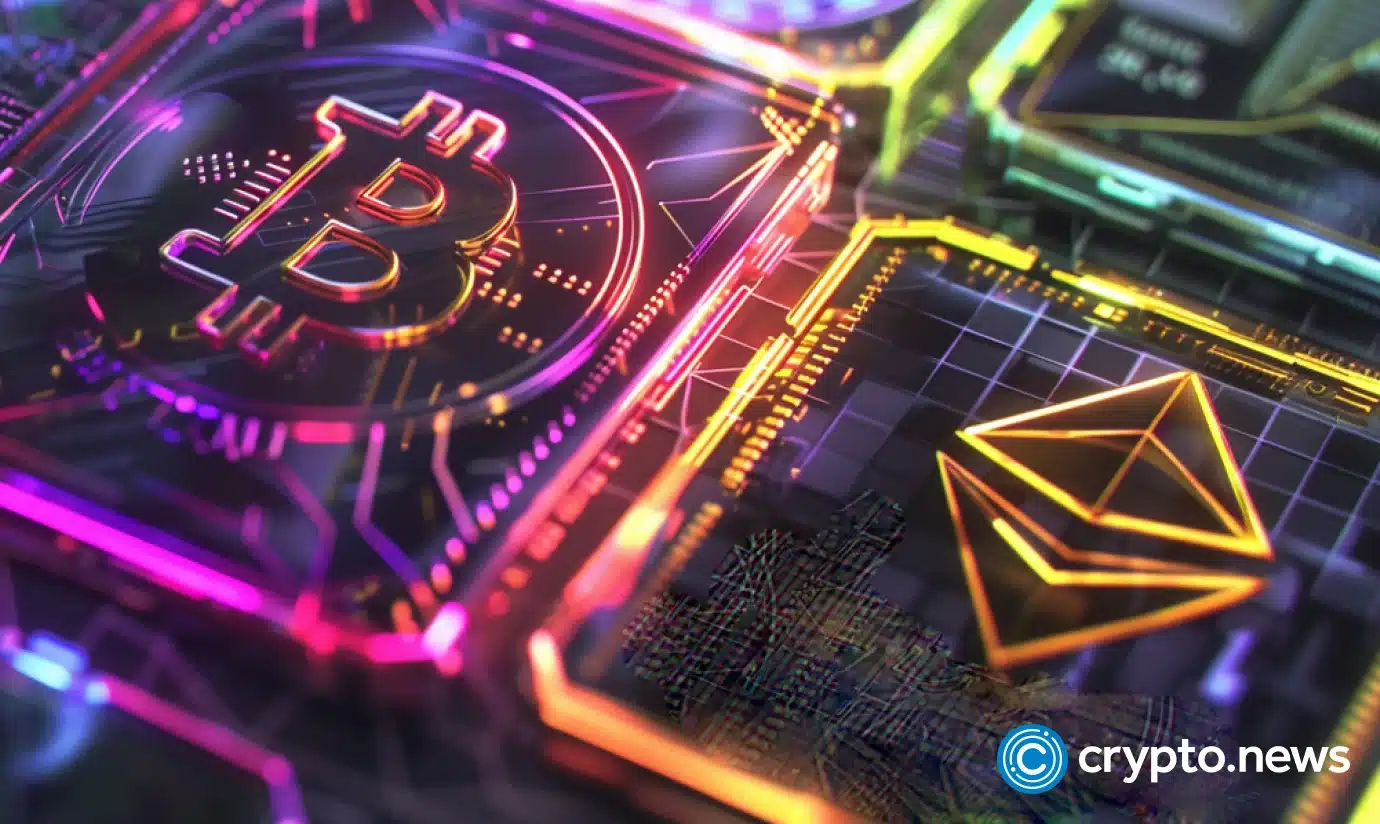
Rocko: Known as the leading Solana loan platform in 2025, Rocko offers a user-friendly interface for lending and borrowing against SOL and other top crypto assets. Brazilians can access competitive APYs and flexible collateral options.
-
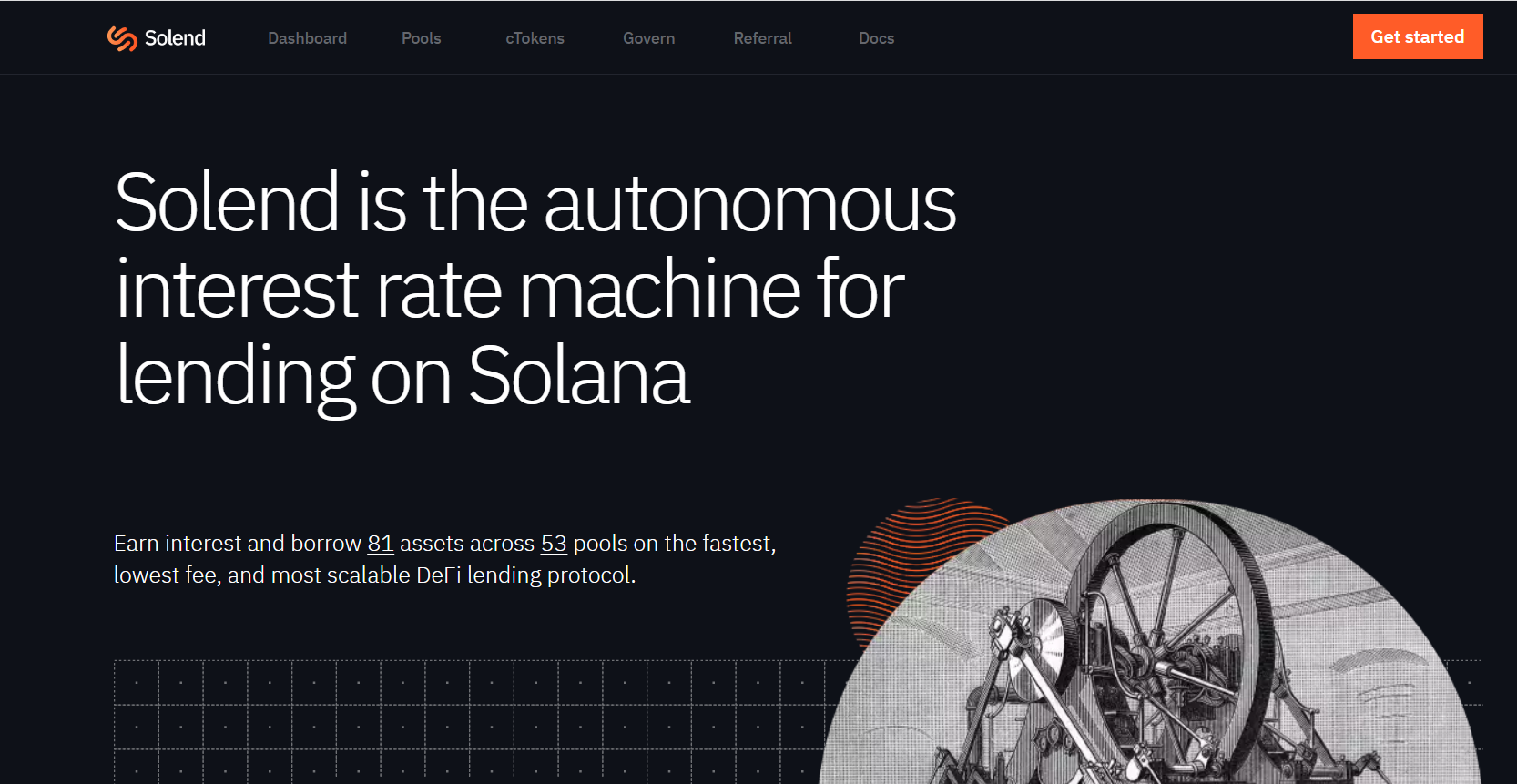
Solend: As one of Solana’s most established decentralized lending protocols, Solend allows users to supply SOL and other tokens to earn variable interest rates. The platform is popular for its transparency and robust risk controls.
-
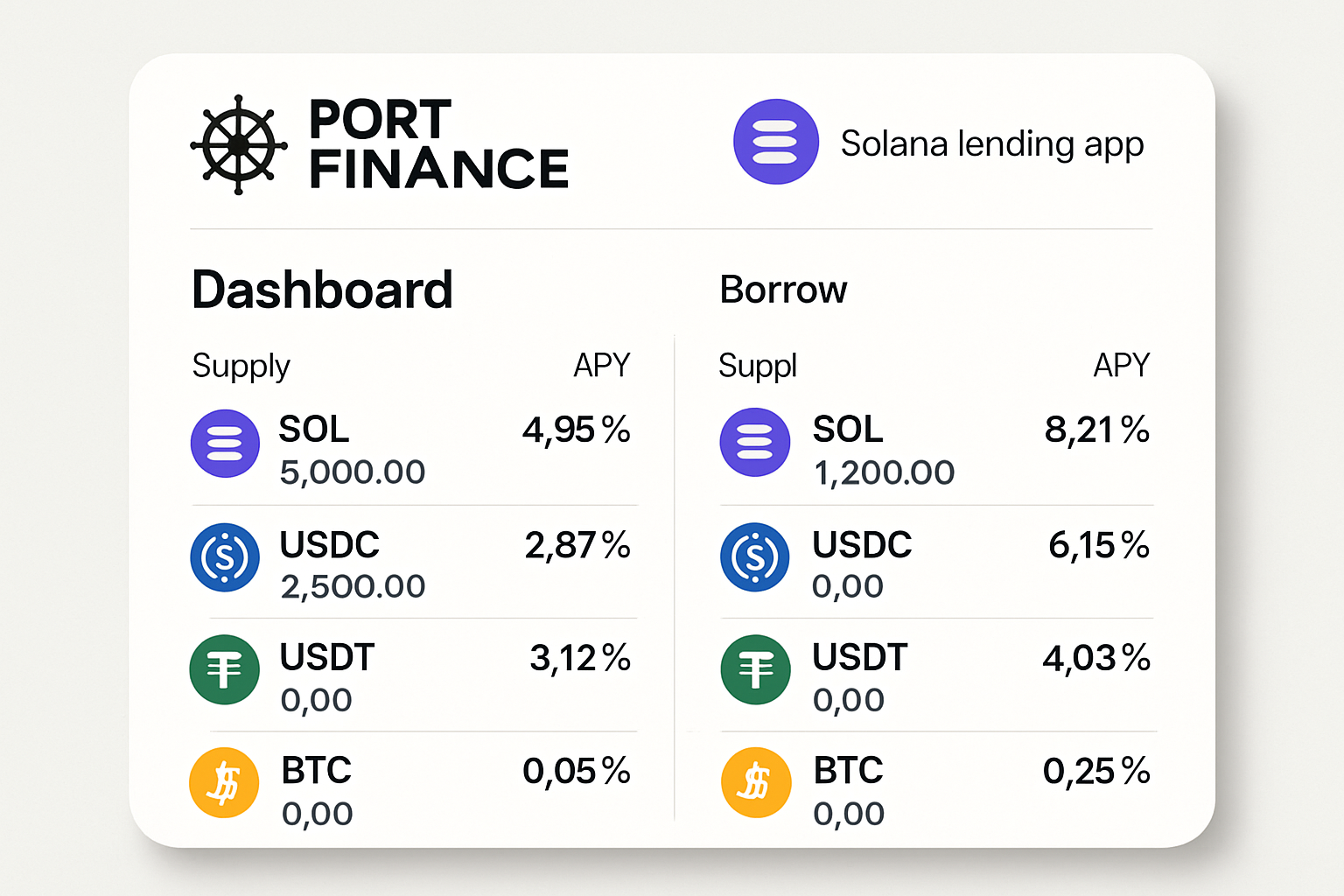
Port Finance: Port Finance is a non-custodial money market protocol on Solana, enabling users to lend, borrow, and earn interest on a variety of assets. It is recognized for its dynamic interest rate model and integration with major Solana wallets.
-
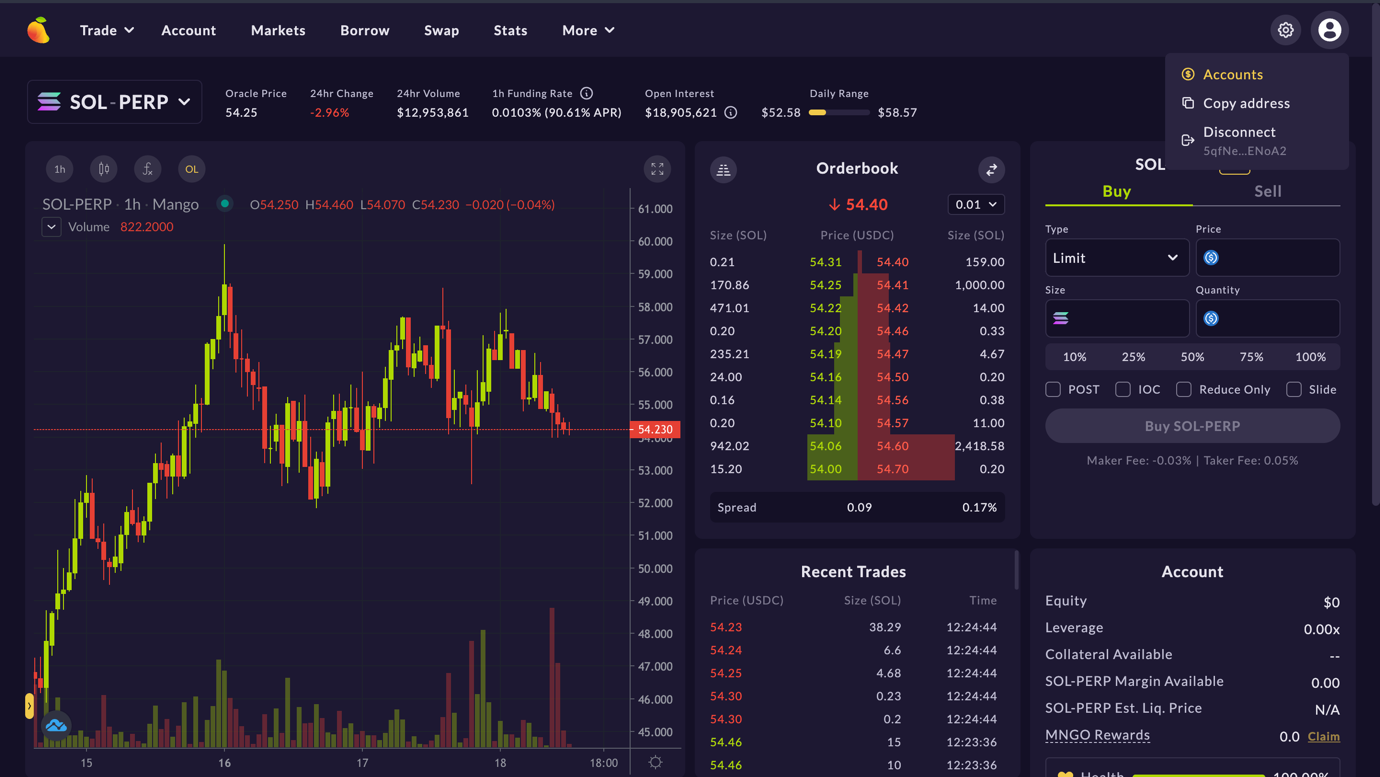
Mango Markets: Mango Markets combines decentralized lending, borrowing, and trading on Solana. The platform supports leveraged positions and offers attractive yields for lenders, making it a favorite among advanced users in Brazil.
-
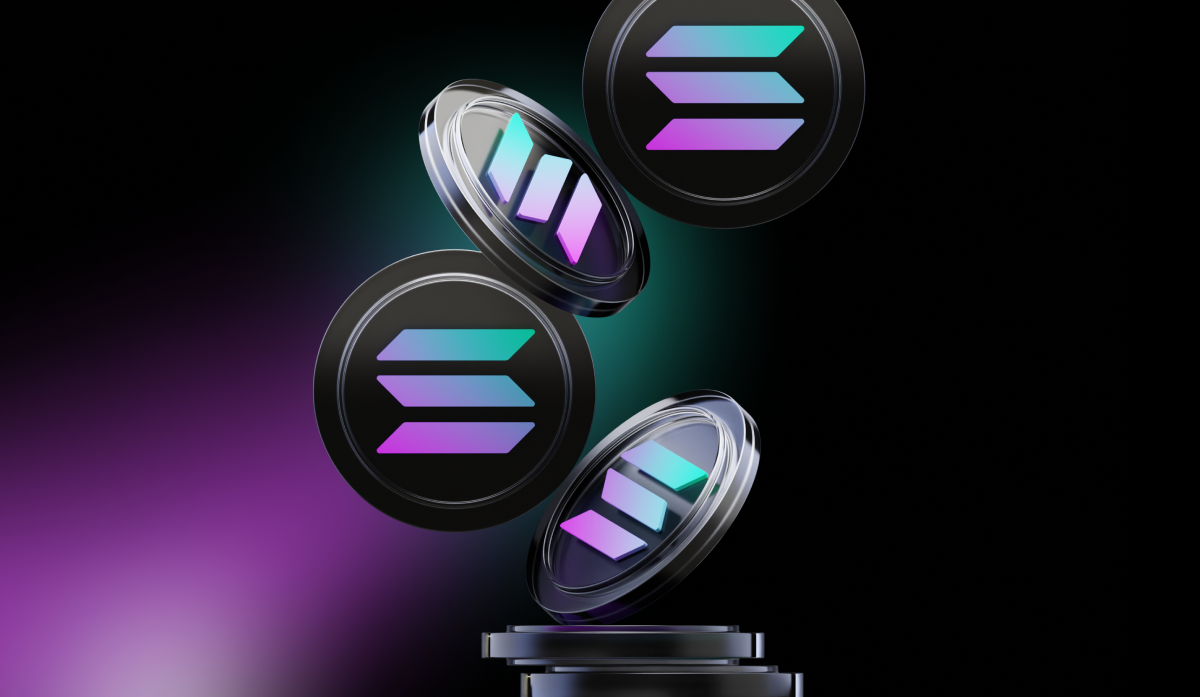
Larix: Larix is a lending protocol on Solana that supports a wide range of collateral types, including stablecoins and major tokens. Its innovative risk management features and competitive APYs attract Brazilian users seeking diversified lending options.
If your goal is yield farming or lending on-chain, there are several reputable decentralized apps (dApps) available on Solana:
- Rocko: Fastest-growing lending dApp for SOL-backed loans
- Solfi: Offers stablecoin yields with integrated insurance pools
- Lendora: Multi-collateral support including RWAs (non-Brazilian)
- Mango Markets: Margin trading plus peer-to-peer lending features
- Soda Protocol: Flexible loan terms with auto-liquidation protection
This new breed of platforms offers double-digit APYs, but always at higher risk than holding sovereign bonds directly.
Navigating Legal and Regulatory Considerations for Yield Hunters
Brazil has one of the most advanced regulatory frameworks for crypto in Latin America (source). However, there are key legal distinctions between buying an ETF, holding SOL directly, participating in DeFi lending pools, or attempting to access tokenized government debt.
- You cannot currently buy tokenized Brazilian Treasury bonds on any recognized Solana protocol.
- Lending protocols may offer synthetic exposure to yields from other jurisdictions, but these are not guaranteed by any government entity.
- Brazilians must comply with KYC/AML requirements when moving large sums between fiat and crypto platforms.
- The CVM regulates ETFs but does not endorse specific DeFi products; always check platform credibility before committing funds.
While the regulatory environment is maturing, it’s crucial for investors to understand the risks and limitations of DeFi yield strategies. The absence of direct tokenized Brazilian government bonds on Solana means that any platform promising such exposure is either offering a synthetic product or operating outside legal clarity. In both cases, the risk profile is far higher than with traditional government securities.
For those interested in maximizing their returns within the Solana ecosystem, focus should remain on reputable DeFi protocols that are transparent about their risk models and have undergone robust audits. Always remember: high APY comes with high volatility and potential loss of principal.
Visual Guide: How to Start Yield Farming on Solana in Brazil
If you’re ready to explore yield opportunities beyond traditional finance, here’s a basic process for getting started with Solana DeFi in Brazil:
- Buy SOL: Use a regulated exchange like Kraken or Mercado Bitcoin to purchase SOL with BRL.
- Create a Wallet: Set up a non-custodial wallet (such as Phantom) to store your SOL securely.
- Select a Platform: Research and choose a top-rated lending or yield farming dApp from the list above.
- Deposit Assets: Transfer SOL or stablecoins into the protocol and select your preferred strategy (lending, liquidity provision, etc. ).
- Monitor Returns: Track your APY, monitor smart contract health, and withdraw/rebalance as needed.
This approach gives you exposure to some of the most dynamic yields in crypto, but always read all documentation and understand how each protocol manages risk before committing funds.
Key Takeaways for Yield Seekers in Brazil’s Crypto Market
- No direct access: There is currently no legitimate way to earn a 37% yield by lending directly to the Brazilian government via Solana.
- Sustainable yields are lower: As of September 24,2025, official Brazilian government bonds yield around 14.06%.
- SOL-based DeFi can offer higher returns, but at much greater risk.
- The regulatory landscape is evolving rapidly, stay informed through official sources and trusted community channels.
The future may bring tokenized Brazilian treasuries to Solana as regulation catches up with technology. For now, be wary of platforms promising sky-high yields tied directly to sovereign debt, these are either misrepresenting their products or exposing users to outsized risks. Instead, use this opportunity to learn how DeFi works under Brazil’s new crypto laws and explore safer strategies for building passive income with digital assets.








